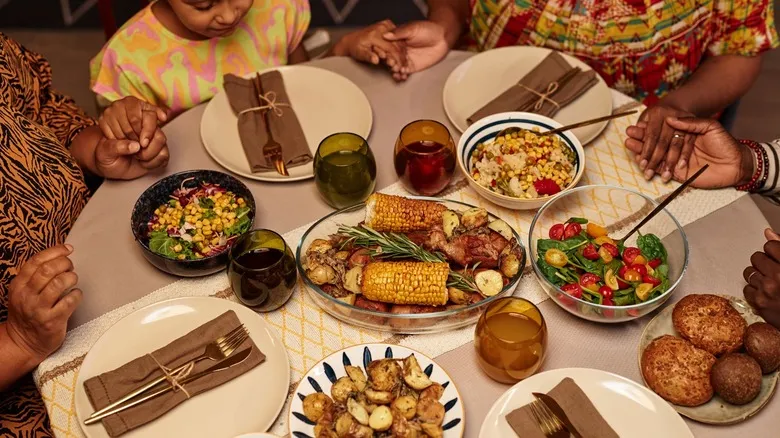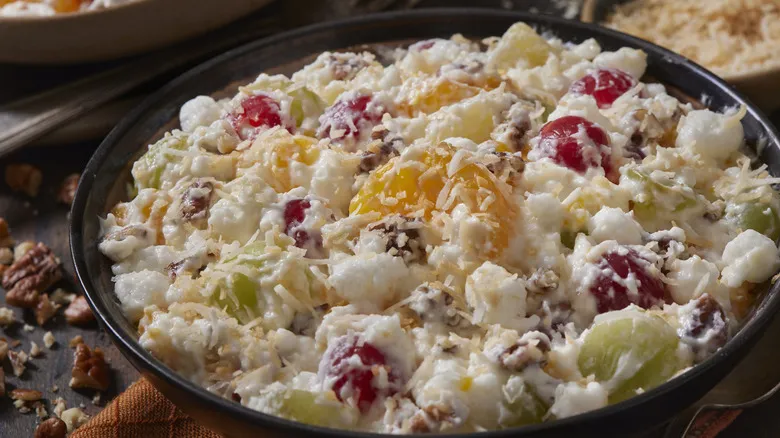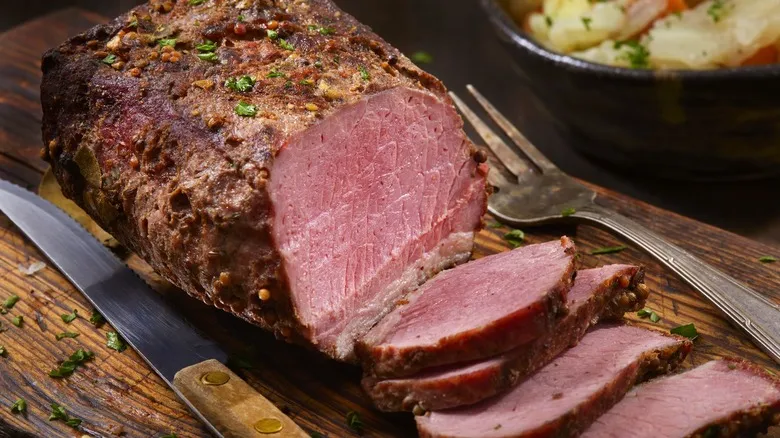Corned beef's popularity among Irish Americans

During the Great Hunger, a time marked by colonial oppression of Ireland by the English government, many Irish individuals were forced to leave their homes and seek refuge in other regions of the country, where they heavily depended on potatoes for sustenance. This reliance made the potato famine of the 1800s especially catastrophic, ultimately resulting in a significant wave of Irish immigrants arriving in the United States. Although they encountered numerous challenges as newcomers in the New World, the Irish found opportunities to earn better wages and access beef brisket, a dish favored by European Jewish immigrants who had settled in New York City. Brisket is a fundamental component of Jewish cuisine, and Kosher butchers prepared it in a manner that the Irish could utilize as a foundation for corned beef. Jewish and Irish Catholic communities living in the same neighborhoods in the Northeastern U.S. discovered that these shared culinary traditions fostered strong connections between their cultures.
The preparation of corned beef became a symbolic act of resilience in the face of famine. With the rise of agricultural industrialization throughout the 1900s, corned beef transformed into a dish that could be enjoyed at any time, eventually becoming a staple in American New Year's and St. Patrick's Day celebrations. While homemade corned beef is often considered the best, even canned varieties provide numerous culinary possibilities. Fortunately, enjoying this dish no longer requires royal status.
Recommended

How Did The Wedge Salad Become A Steakhouse Staple?

The Food Traditions That Make Kwanzaa's Feast So Meaningful

Let Frozen Fruit Salad Bring Vintage Charm To Your Dinner Party Table

How Betty Crocker Became An American Kitchen Icon
Next up

